Pour over coffee makes every cup a whole lot richer.

It’s no secret that we love a cup of coffee or 3 every morning, and most afternoons. For us, coffee keeps us sitting a little longer and gives us that needed break we often overlook when there is no warm cup in hand.
And because of this habit, the coffee maker has been the most replaced item in our home. For years we relied solely on machine-drip coffee. It’s fine. It works. It’s just ok, though. No matter the brand of coffee or type of water, it’s always just ok. Never as good as the coffee we can buy in a little shop in our town.
Then a bunch of years ago, we stayed at a little house in the country where there was just a French press. I was converted. It tasted better to me, it keeps the coffee hot, and it is portable.
However, whenever I had the opportunity I order pour overs at coffee shops. It’s been around in Europe for 100 years, and it has been my favorite for a half-dozen years. And until now, I’d never thought of trying it at home.
These days I am only drinking homemade coffee, so when I was offered a pour over coffee maker to try at home, it seemed like a good time to learn how to make it. I was lucky for the offer. And I’m out-of-my-mind happy about the way the coffee tastes.
No exaggeration, I am fully committed to a life filled with pour over coffees.
So what’s the difference between pour over, drip, and French press?
While it’s all coffee, the process for making a pot of coffee can change the taste. The chosen method depends on your available time and how much the flavor difference feels to you. So here’s a breakdown on the three kinds of coffee making I’ve done at our home.
Drip coffee.
Drip coffee is made from water automatically pouring through coffee grinds in a machine. It has a coffee filter-lined little basket with ground coffee. Hot water is dripped through coffee grounds, and ends up in the carafe. This kind of coffee is the easiest to make. It can be prepared in advance and set to brew at a specific time.
French press coffee.
A French press coffee isn’t automatic. It’s fully manual. After filling the French press with the desired amount of ground coffee, hot water is added and stirred with the grounds. Brewing with this immersion method, it needs to steep for a few minutes before you push the plunger down. Then all of the coffee should be poured into cups. If you let the coffee sit inside the beaker, well, it gets not-so-good. While I’ll admit that I’ve let it sit, and just drank it anyway, I wouldn’t recommend it to any friend.
Pour over coffee.
The pour over coffee is a hand-brewing process. It uses the same idea as the drip coffee, but without the machine. The human touch allows you to adjust the brew speed and make sure that all of the little grounds are involved in the brewing process. Since all of the grounds get an opportunity to add to the flavor, without being rushed, the coffee can develop a richer flavor.
How do you make pour over coffee?
I love that you asked.
Making pour over coffee takes a bit of time, so it’s important to carve-out unrushed time for the process. Rushing a pour over can make a mess and a less-than-awesome cup of coffee.
There are tons of coffee afficiandos out there who have devoted themselves to the pour over process. I’m just going to share the basics to brewing a delicious cup.
The gear.
The first step is selecting a pour over coffee maker. There are pour over coffee makers that include all of the parts that you’ll need. And you can purchase the parts of a brew cone, decanter, and filter separately. I’m a beginner, so I have one with all of the parts included: the Uno Casa Glass Pour Over Coffee Maker. It has a reusable stainless steel filter, a lid, and heat-resistant silicone sleeve around the neck.
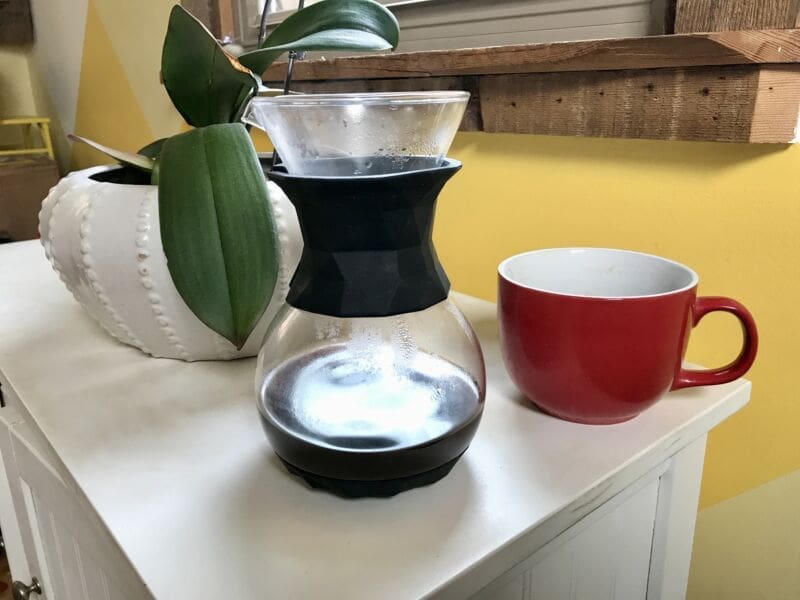
The ingredients.
While heating up the kettle full of filtered water, measure the coffee grounds and add them to the filter. Grinding coffee beans will give a richer flavor, but it isn’t necessary. And the amount depends on the size of the carafe, how strong you want your coffee, and how much you want to brew. I tend to make our coffee a little strong. (Ok, it’s more than a little strong. It may be technically classified as thermonuclear. My mother adds water to her coffee mug before pouring in what I brew.)
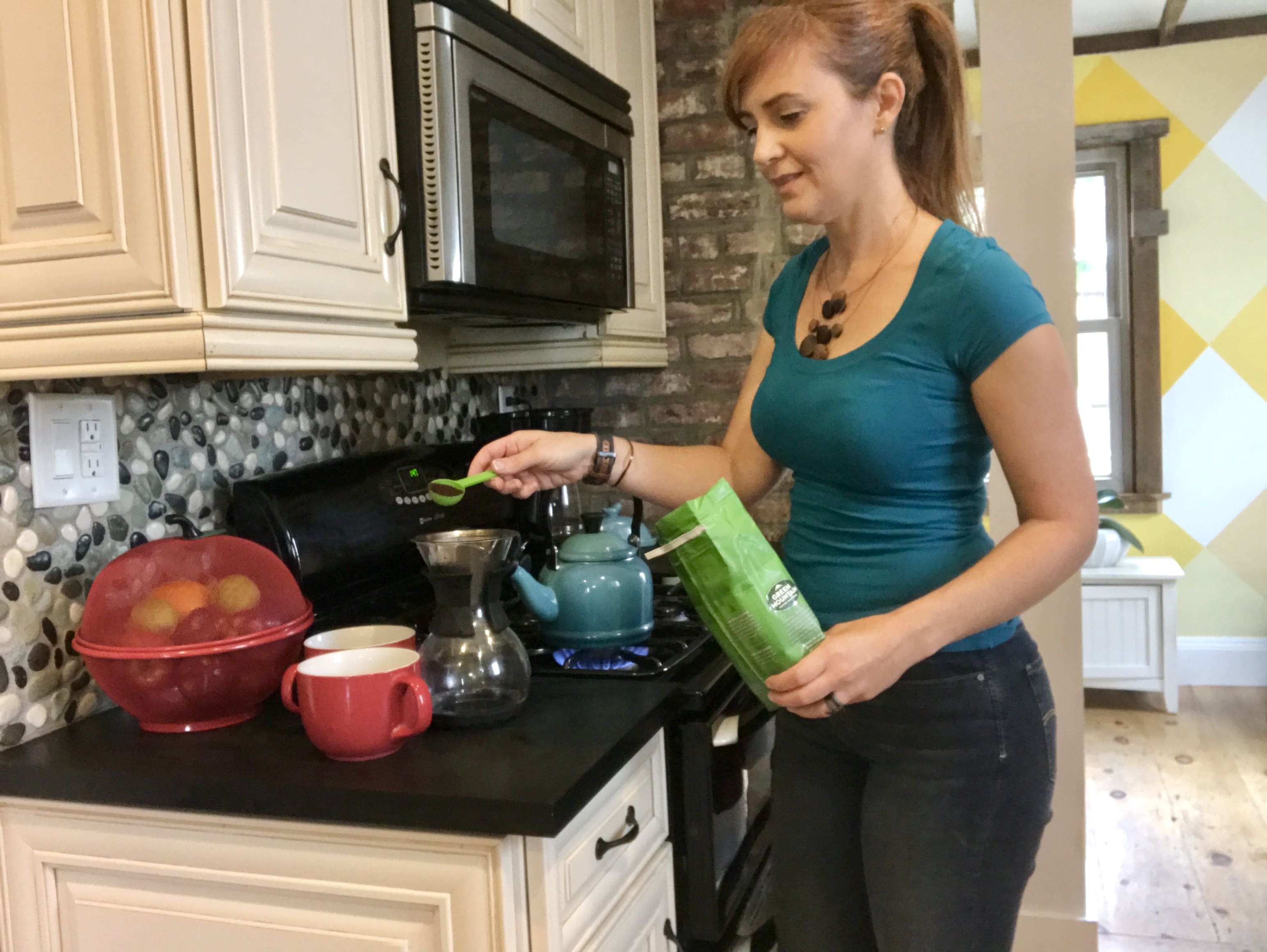
The pour.
After the water is ready, it’s time to pour the water. Now this is the part that makes the coffee truly delicious. Most experts recommend pouring the water slowly in concentric circles. I agree. And the slow pour is something to practice.
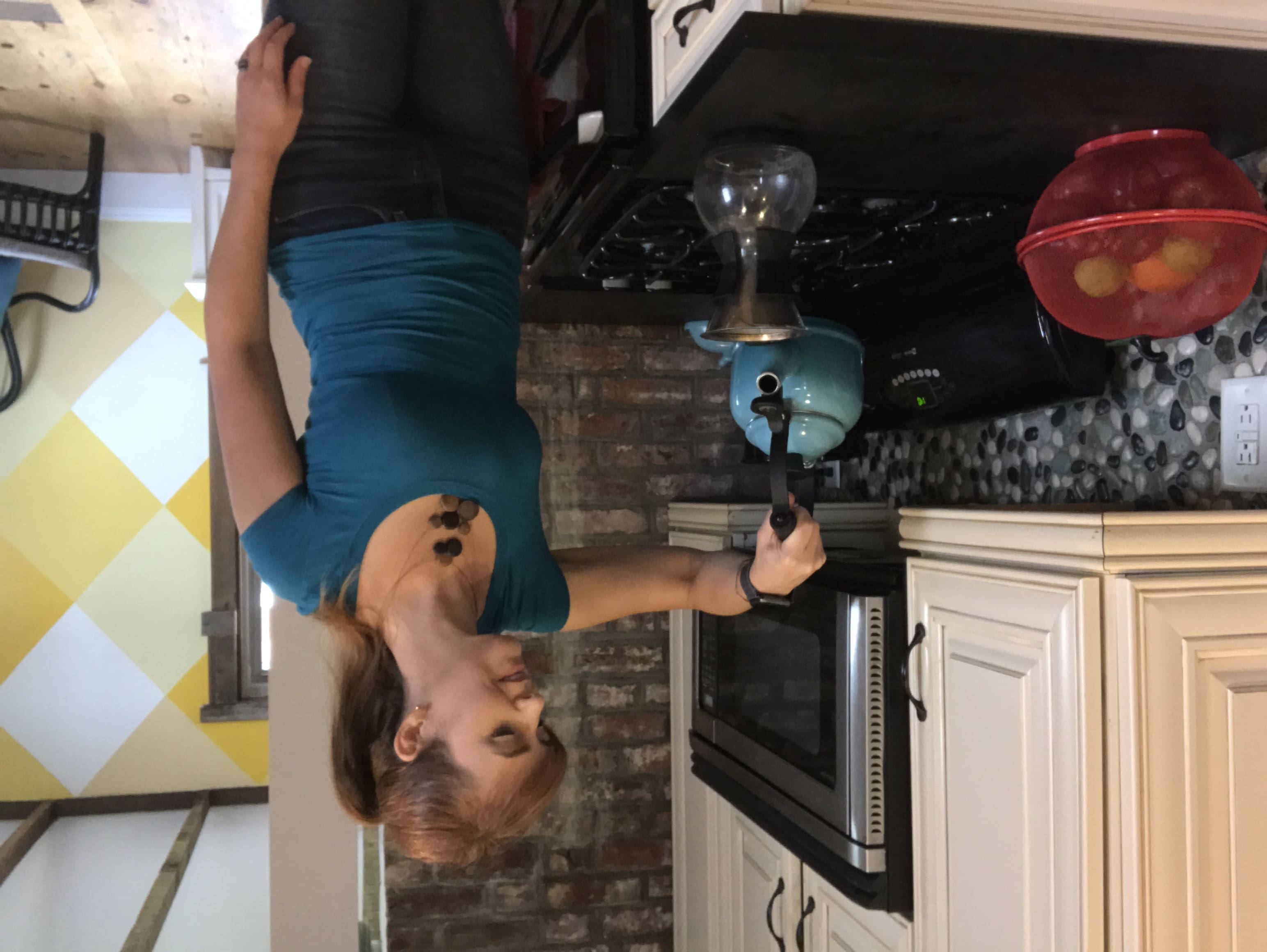
The degassing.
Pouring water causes the coffee to bubble up a bit, which is called the bloom. This is a signal that it’s time to wait before adding more water. Why wait? The bubbles are caused by carbon dioxide degassing and it can prevent the even extraction that is desired during the coffee making process. When the coffee has settled, pour more water through.
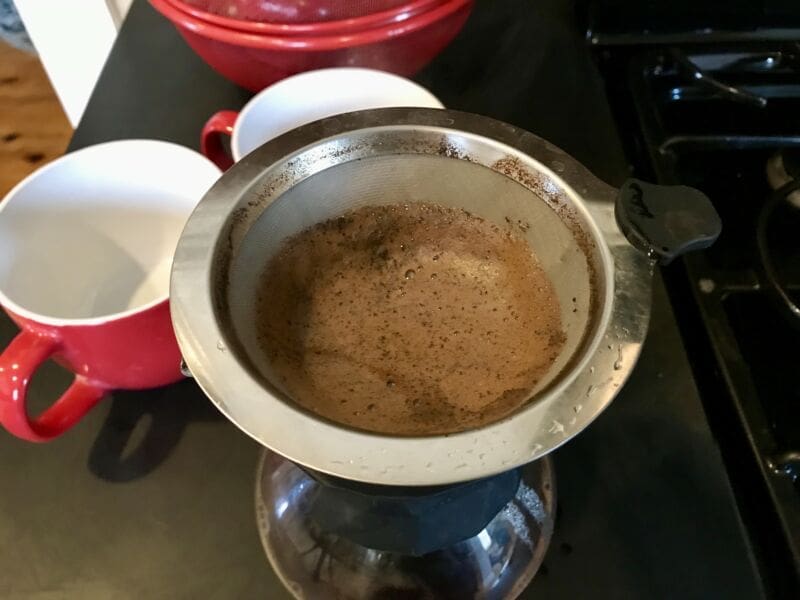
The drinking.
The best part of making pour over coffee is the drinking step. I enjoy the new-found slow-motion process of making coffee every day, and it’s given me more time to appreciate the taste. I can achieve more satisfaction from one cup of pour over coffee than from three cups of machine-made drip coffee. It’s just that good.
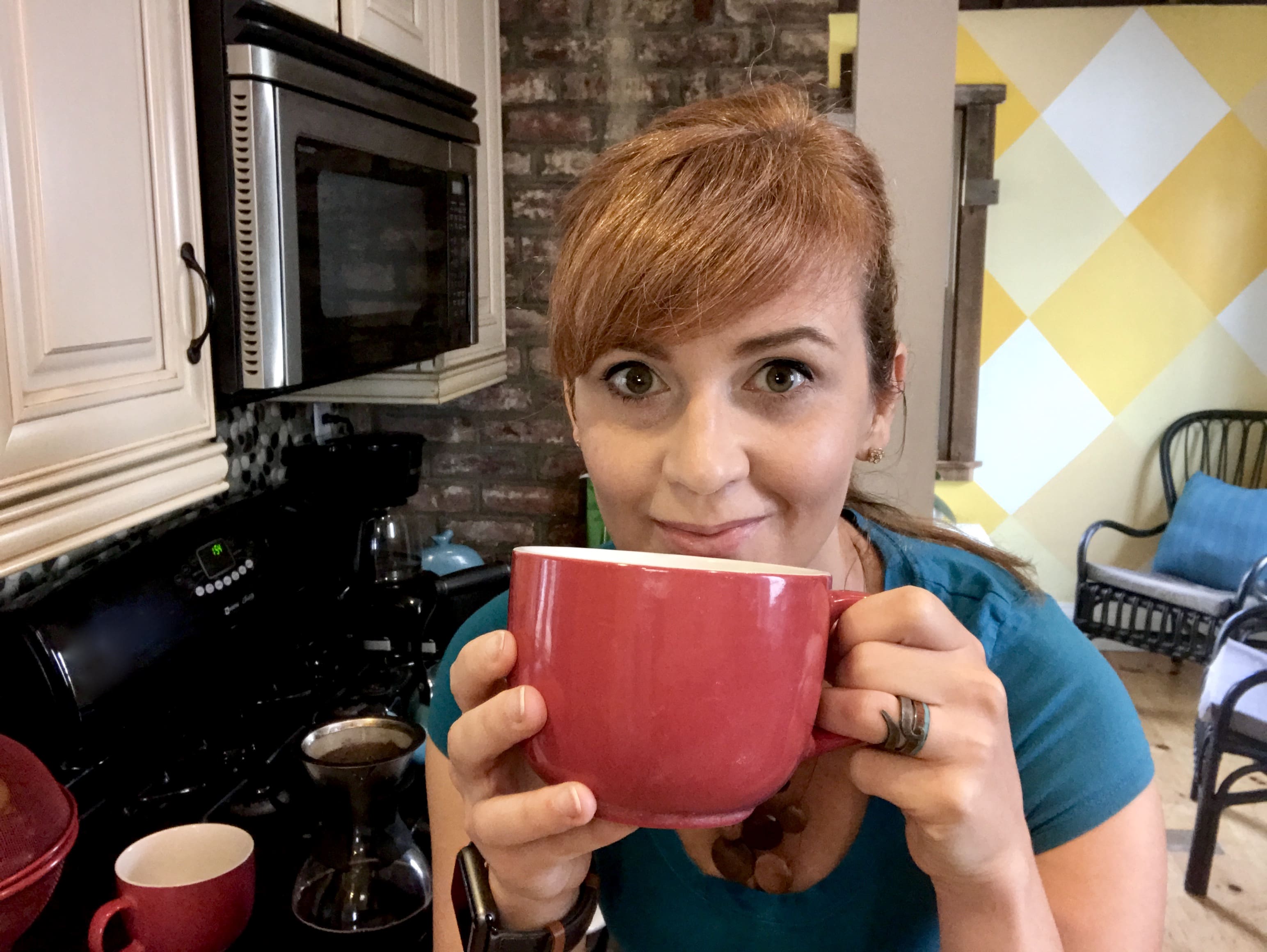
Note: Uno Casa has provided me with the product used in this blog. All opinions expressed here are my own and do not necessarily reflect those of Uno Casa.


Having read through this I think it is extremely enlightening.
Link exchange is absolutely nothing else except it is actually simply placing the other person’s blog
link on the page at appropriate place along with other person will also do similar in support of
you.
My page; chic sparrow e class
Those little owl notebook wallet holders are adorable. Best of luck to you on your Etsy shop!
I like this post, enjoyed this one regards for putting up. Cyndi Gregoor Jump
I really like your writing style, excellent info , thanks for putting up : D. Coreen Lanny Morgenthaler
Hi! Someone in my Facebook group shared this website with us so I came to give it a look. Fionna Denny Lonnie